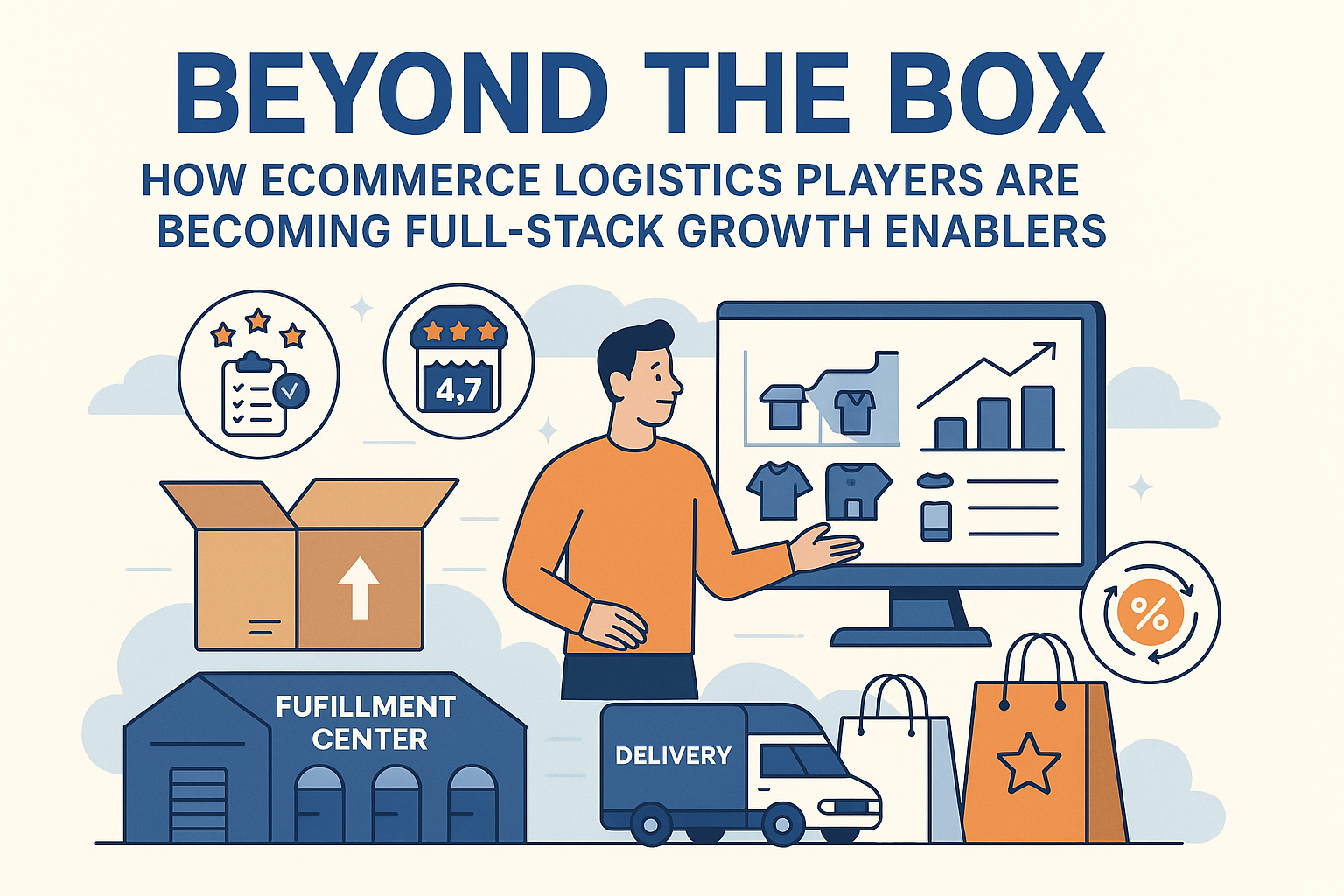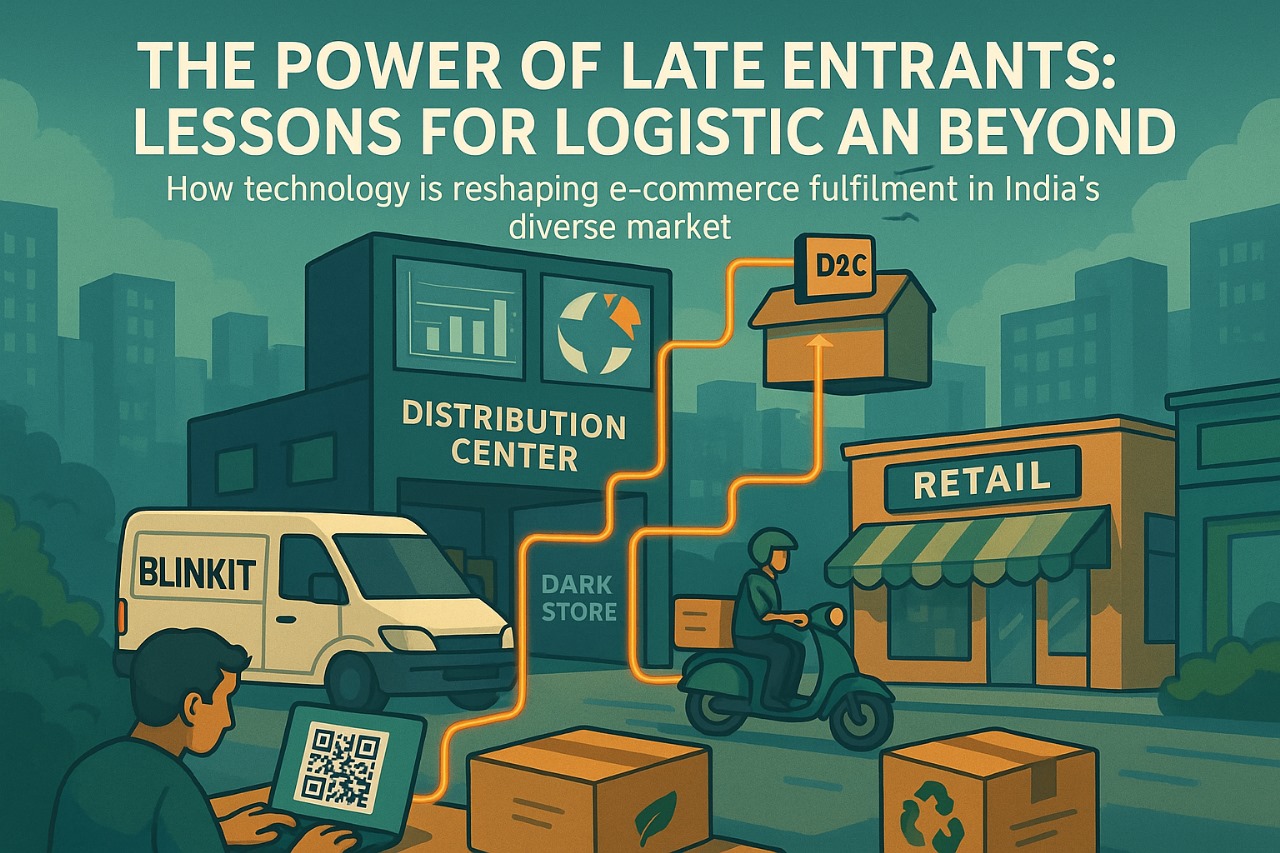Why D2C Brands Are Going Offline (And the Logistics It Demands)
Over the last decade, D2C (Direct-to-Consumer) brands redefined how Indians discover and buy products. Skincare, electronics, wellness supplements, fashion—everything was just a click away. With lean operations, digital-first playbooks, and a sharp eye on CACs, these brands challenged the old FMCG titans head-on. But now, we’re seeing a fascinating reversal. The very brands that were once proudly 'online-only' are now making serious offline moves. From boAt’s exclusive stores, Mamaearth’s shelves in general trade, to Slurrp Farm, SUGAR, and The Man Company popping up across modern trade (MT), general trade (GT), and even chemists. Why? Because the road to scale in India runs through retail.
Why Are D2C Brands Going Offline?
Digital Acquisition Has Hit a Wall
Customer Acquisition Cost (CAC) has exploded. As more brands fight for attention on Meta, Google, and influencers' feeds, the economics are crumbling. For many D2C startups, digital spends are now unsustainable—often exceeding gross margins.
In contrast, offline offers free discovery at scale. A shelf in a high-traffic Kirana or supermarket can lead to thousands of organic impressions. No CPM, no click-through debates—just ambient brand presence.
Trust Is Still Built Offline
Indian consumers—especially outside Tier 1 cities—still value physical presence. Being “available in stores” lends authenticity. It signals that a brand is real, credible, and here to stay. The trust of walking into a store and seeing your favorite Instagram-brand next to a Dabur or P&G product is still unmatched.
Retail Drives Volumes and Repeat
Retail offers habitual shelf recall. Customers form shopping habits, and brands that win early loyalty in physical stores often enjoy stronger repeat rates. Also, offline shopping in India is still over 85% of total retail. It’s where the real numbers lie.
Tier 2 and Beyond Are Offline-First
For D2C brands to grow, Tier 2, 3 and rural India are key. These consumers are mobile-first but purchase offline. While discovery may begin online (ads, reels, influencers), the conversion still happens in a neighborhood store.
So, What Changes Logistically? Everything.
Moving offline isn’t just a channel expansion—it requires a complete re-architecture of your logistics, operations, and supply chain thinking.
Distribution Strategy 2.0
• D2C relied on centralized warehouses and direct shipping via 3PLs.
• Offline requires regional distribution centers, C&F agents, super-stockists, and layers of distributor-retailer touchpoints.
• You now manage beat plans, route-to-market models, and order fulfillment cycles that are completely different from eCommerce.-
Sales & Fulfillment Teams
You’ll need feet on the street—field sales officers, promoters, merchandisers—to push sell-ins and manage shelf space. Planograms, visibility drives, and in-store sampling become critical levers.
SKU Rationalization & Packaging Redesign
You can’t stock all your SKUs offline. GT and MT need lean assortments, optimized for velocity and margins. Packaging needs to evolve—from bulky ecom-friendly packs to retail-friendly shelf units, combo packs, or even single-use SKUs.
Cash Flow Dynamics Change
Offline retail involves working capital cycles. You manufacture, send to distributors, then retailers, and only then does money return. Compare that to D2C, where you get paid before shipping. This delay changes how you manage capital, inventory turns, and production planning.
Winning Offline the Smart Way: Data + Distribution
The best D2C brands are now blending their digital DNA with retail expansion:
• Using D2C sales data to forecast offline demand at a micro-market level.
• Tracking sell-through at distributor or Kirana level via tech-enabled ERP or distributor management systems.
• Running WhatsApp-based reordering flows or QR-based loyalty programs post-offline purchase.
In short: using offline for scale, but running it with the efficiency of eCommerce.
The Takeaway
Going offline isn’t regressive—it’s the next chapter. D2C brands that scale profitably will be the ones who treat retail not just as a channel, but as an integrated ecosystem—deeply linked to supply chain, consumer behavior, and brand building. Offline is hard. It’s operationally heavy. But done right, it builds unmatched distribution moats and pushes you from brand to business.
In India, winning retail is a logistics game disguised as a marketing story. If you’re building a D2C brand—think fulfillment-first. Because shelf space might just be the new homepage. — Samarth




